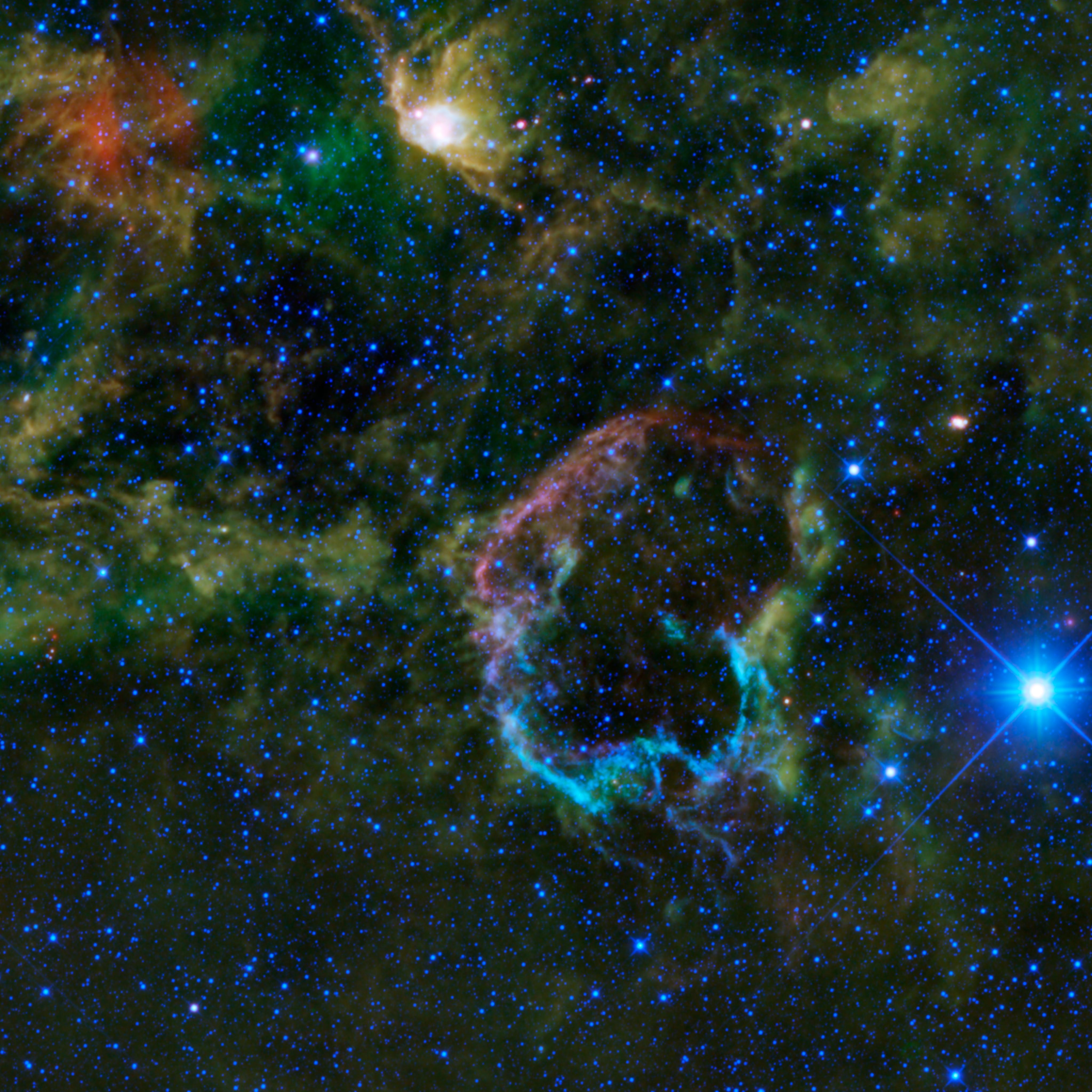Please login in order to download photos in full size
If you are not registered, please register for free: www.Free-Photos.biz/register
Please note to download premium images you also need to join as a free member..
You can also save the photos without the registration - but only in small and average sizes, and some of them will have the site's watermark. Please simply click your right mouse button and save the image.
Please login in order to like photos
If you are not registered, please register for free:
Sorry, non-members can download up to 1100 full-size photos per month.
It looks like you have used up your limit.
Free members can download an unlimited number of full-size photos - including the premium free photos.
Join as a member today for FREE! - and download the images without limitations:
www.Free-Photos.biz/membership.php
You can also save the images without the membership - but only in small and average sizes, and some of them may have the site's watermark. Please simply click your right mouse button and save the image.

|
This is a premium free photo
This photo was viewed 8 times and was downloaded in full size 3 times.
This photo was liked 0 times
If you are a member, please login in order to see the source link of the above image.
Summary
| Description |
English: This oddly colourful nebula is the supernova remnant IC 443. IC 443 is the remains of a star that went supernova somewhere between 5,000 and 10,000 years ago. The blast from the supernova sent out shock waves that travelled through space, sweeping up and heating the surrounding gas and dust in the interstellar medium, and creating the supernova remnant seen in this image. What is unusual about the IC 443 is that its shell-like form has two halves that have different radii, structures and emissions. The larger north-eastern shell, seen here as the violet-coloured semi-circle on the top left of the supernova remnant, is composed of sheet-like filaments that are emitting light from iron, neon, silicon and oxygen gas atoms and dust particles heated by the blast from the supernova. The smaller southern shell, seen here in a bright cyan colour on the bottom half of the image, is constructed of denser clumps and knots primarily emitting light from hydrogen gas and heated dust. These clumps are part of a molecular cloud which can be seen in this image as the greenish cloud cutting across IC 443 from the north-west to south-east. The colour differences seen in this image represent different wavelengths of infrared emission. The differences in colour are also the result of differences in the energies of the shock waves hitting the interstellar medium. The north-eastern shell was probably created by a fast shock wave (100 kilometres per second), whereas the southern shell was probably created by a slow shock wave (30 kilometres per second).
|
| Date | 9 December 2010 |
| Source | WISE |
| Author | NASA/JPL-Caltech/WISE Team |
All WISE featured images use colour to represent specific infrared wavelengths. Blue represents 3.4-micron light, cyan represents 4.6-micron light, green represents 12-micron light and red represents 22-micron light. In this image, we see a mixing of blue and cyan in the southern ridge that is not often seen in other WISE images. The north-eastern shell appears violet, indicating a mixture of longer infrared wavelengths from cooler dust (red) and shorter infrared wavelengths from luminescent gas (blue). About the Object: Names: Jellyfish Nebula (IC 443); Eta Geminorum (Propus) Type: Nebula > Supernova Remnant; Star > Variable. Distance: Approximately 1.5 kiloparsec or 4890 light years (IC 443). Size: Approximately 65 light years across (IC 443). Age: 5,000-10,000 years old (IC 443). Position of object (J2000): RA=06h 18m 02.7s; Dec=22° 39’ 36” (IC 443). RA=06h 14m 52.7s; Dec=22° 30’ 24.5” (Propus). Constellation: Gemini. Field of View: 1.56 x 1.56 degrees. Orientation: North is straight up. Colour Mapping: Blue=3.4 microns; Cyan=4.6 microns; Green=12 microns; Red=22 microns.
Licensing
| This file is in the public domain because it was created by NASA. NASA copyright policy states that "NASA material is not protected by copyright unless noted". (See Template:PD-USGov, NASA copyright policy page or JPL Image Use Policy.)
|
|
|
|
Warnings:
|
Public Domain
| EXIF data: | |
| File name | ic_443.jpg |
|---|---|
| Size, Mbytes | 1.187033203125 |
| Mime type | image/jpeg |
While the copyright and licensing information supplied for each photo is believed to be accurate, Free-Photos.biz does not provide any warranty regarding the copyright status or correctness of licensing terms. If you decide to reuse the images from Free-Photos.biz, you should verify the copyright status of each image just as you would when obtaining images from other sources.
The use of depictions of living or deceased persons may be restricted in some jurisdictions by laws regarding personality rights. Such images are exhibited at Free-Photos.biz as works of art that serve higher artistic interests.
PRIVACY POLICY
By registering your account and/or by subscribing to new and newly rated photographs you agree we may send you the links to photos and we may occasionally share other information with you.
We do NOT disclose your personal data.



